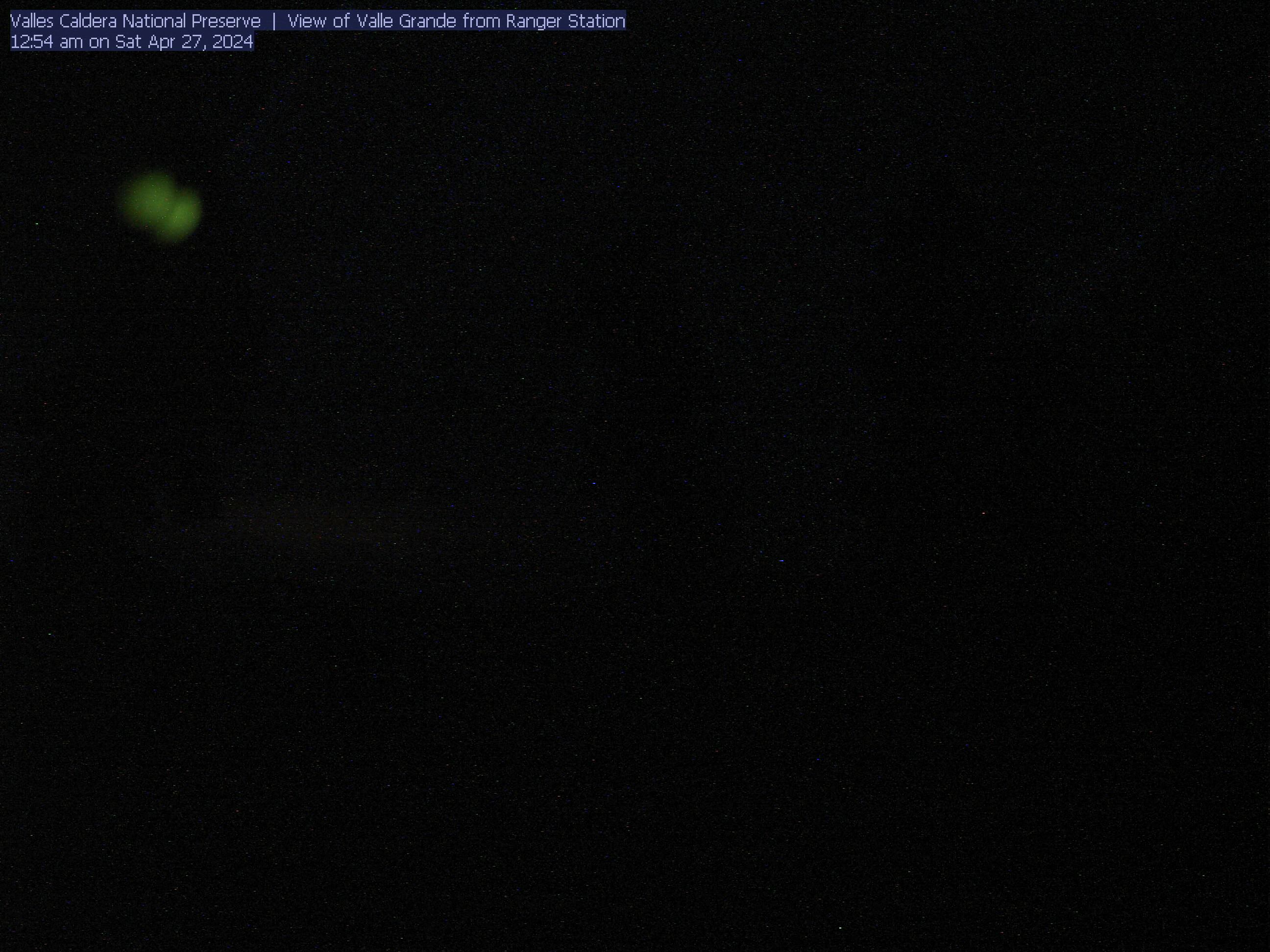Valles Caldera National Preserve, NM Weather Cams
Ranger Station Cam

Subalpine Burned Conifer Site, Valles Caldera National Preserve

A Giant’s Footprint: The Story of Valles Caldera National Preserve
A Land Shaped by Fire and Ice
Valles Caldera National Preserve, NM Weather Cams. . Valles Caldera National Preserve, nestled in the Jemez Mountains of north-central New Mexico, is a testament to the immense forces that shape our planet. The preserve’s namesake, the Valles Caldera, is a dramatic 13-mile-wide depression formed by a cataclysmic volcanic eruption 1.25 million years ago. This event, among the most significant in the history of North America, reshaped the landscape, creating a geological marvel that continues to inspire awe and wonder.
A Tapestry of Ancient Cultures
Long before the arrival of European explorers, the Valles Caldera region was home to a vibrant tapestry of indigenous cultures. Archaeological evidence suggests human habitation dating back over 10,000 years, with the presence of diverse groups like the Anasazi, Mogollon, and Pueblo peoples. These groups left behind a rich legacy of petroglyphs, pottery shards, and ruins, hinting at their deep connection to the land and its resources.
The Pueblo people, in particular, left an enduring mark on the region. Their ancestors, known as the Jemez, lived within the caldera for centuries, establishing villages and cultivating crops. Their descendants still reside in the Jemez Pueblo, located just outside the preserve’s boundaries, maintaining a deep cultural connection to the land and its sacred sites.
The First Europeans and the Birth of a National Treasure
The first European to explore the Valles Caldera was Don Diego de Vargas, who journeyed through the region in 1692. He named the area “Valle de los Jemez,” reflecting the presence of the indigenous Jemez people. The area remained relatively untouched by European influence for centuries, its remote location and rugged terrain serving as a natural barrier.
However, the early 20th century brought significant change. The discovery of geothermal resources within the caldera led to the establishment of the Jemez Springs resort in the 1920s. While this development brought economic growth to the region, it also raised concerns about the potential for environmental damage.
In 1978, the U.S. Congress designated the Valles Caldera as a National Preserve, recognizing its unparalleled ecological and cultural significance. This designation protected the area from further development while also opening it up for public access and recreational use.
A Haven for Biodiversity
The Valles Caldera is a haven for biodiversity, boasting a unique ecosystem shaped by its volcanic origins and high elevation. The presence of diverse habitats, including forests, meadows, and wetlands, supports a wide range of flora and fauna.
The preserve’s forests are home to ponderosa pine, Douglas fir, and aspen, creating a picturesque landscape. The lush meadows are carpeted with wildflowers during the spring and summer months, attracting pollinators and providing crucial foraging grounds for wildlife.
The caldera’s high elevation and unique microclimate support a variety of animals, including elk, deer, black bear, mountain lion, and various bird species. The presence of a healthy ecosystem is a testament to the preserve’s importance as a wildlife refuge and a reminder of the delicate balance of nature.
A Tapestry of Geological Wonders
The Valles Caldera itself is a geological marvel. The massive collapse of the volcano’s summit after the eruption left behind a dramatic caldera, surrounded by a ring of volcanic peaks. Within the caldera, the presence of geothermal vents and hot springs is a constant reminder of the earth’s internal heat.
The preserve offers visitors a chance to witness the incredible forces that shaped the landscape. The volcanic rock formations, ancient lava flows, and geothermal features provide a window into the planet’s geological history. The area is also a site of ongoing research, with scientists studying the caldera’s unique ecosystem and the potential for renewable energy sources.
Challenges and Opportunities for the Future
The Valles Caldera National Preserve faces a number of challenges, including the impacts of climate change, invasive species, and human activities. The preserve’s sensitive ecosystem is vulnerable to these threats, necessitating careful management and conservation efforts.
Despite these challenges, the preserve offers immense opportunities for research, education, and recreation. Its unique landscape and diverse ecosystem offer a chance to learn about the natural world and appreciate its delicate balance. The preserve serves as a living laboratory for scientists and a source of inspiration for artists, writers, and outdoor enthusiasts alike.
The Legacy of a Giant’s Footprint
Valles Caldera National Preserve is more than just a beautiful landscape; it’s a powerful reminder of the immense forces that shape our planet. Its history, etched in the volcanic rock and preserved in the stories of the indigenous peoples who lived there, is a testament to the resilience and adaptability of nature and the enduring spirit of humankind. As we continue to explore and learn from the Valles Caldera, we gain a deeper understanding of our place in the interconnected web of life, and the responsibility we have to protect it for future generations.
For more information, visit the official Valles Caldera National Preserve website.
